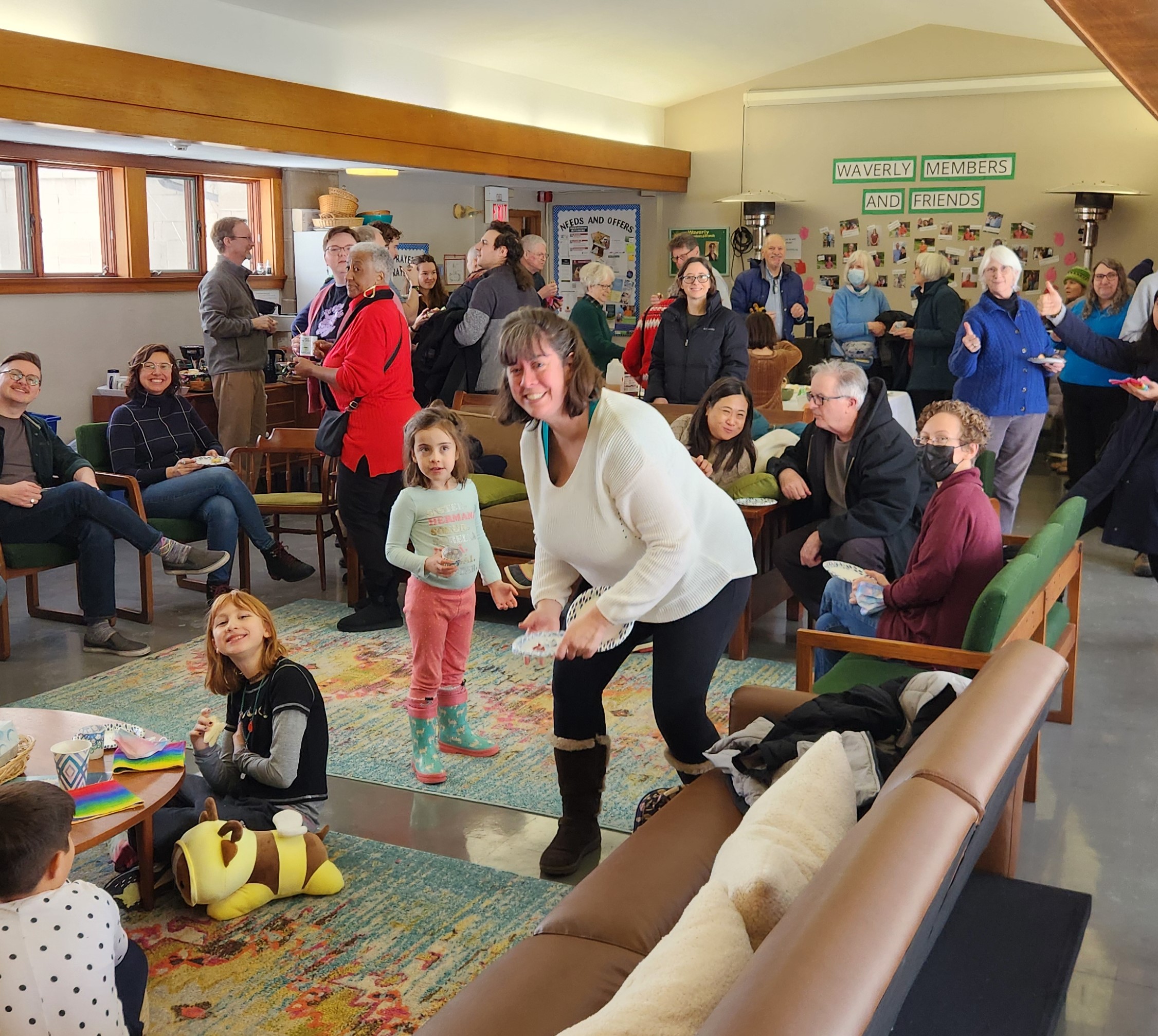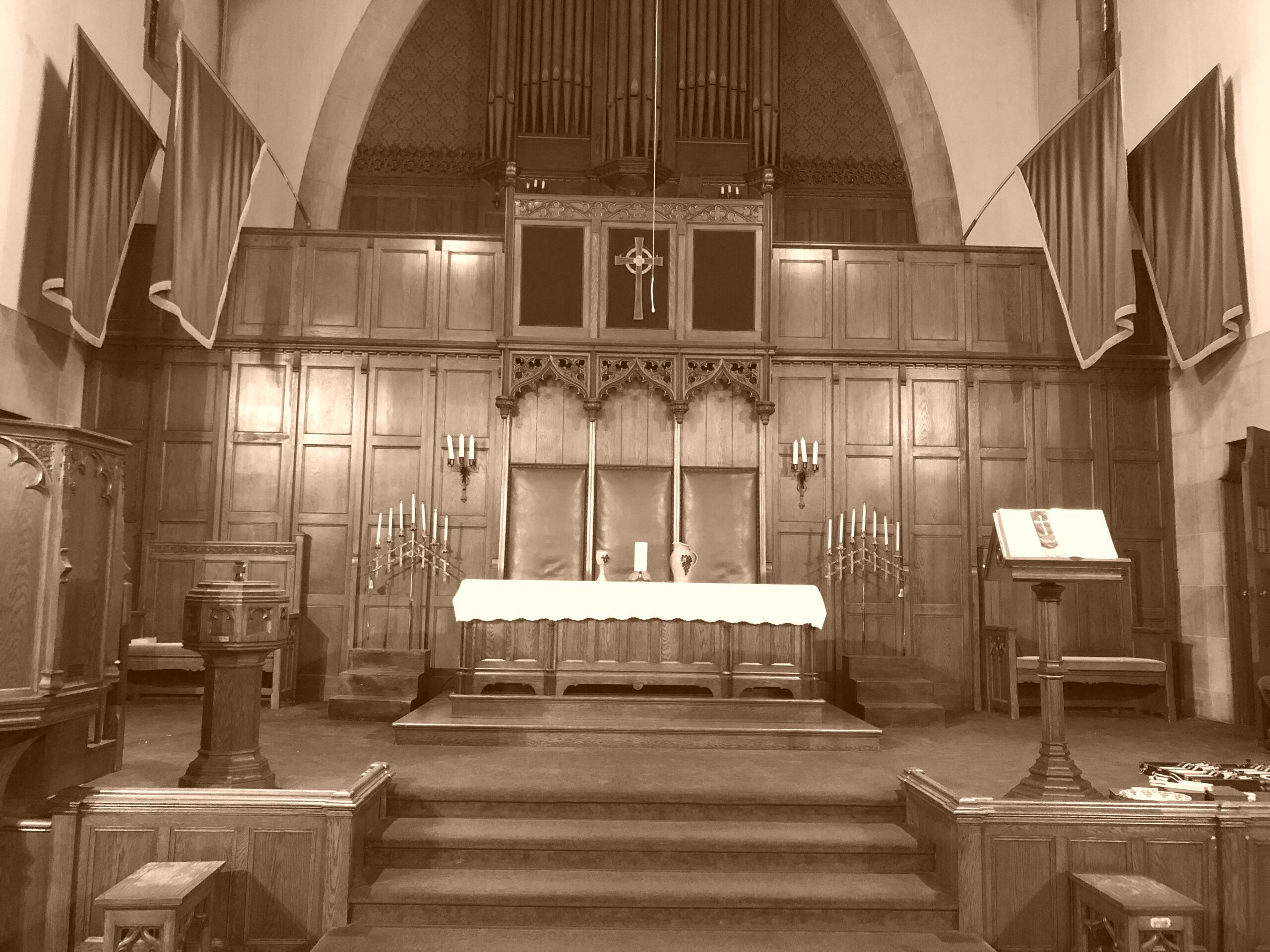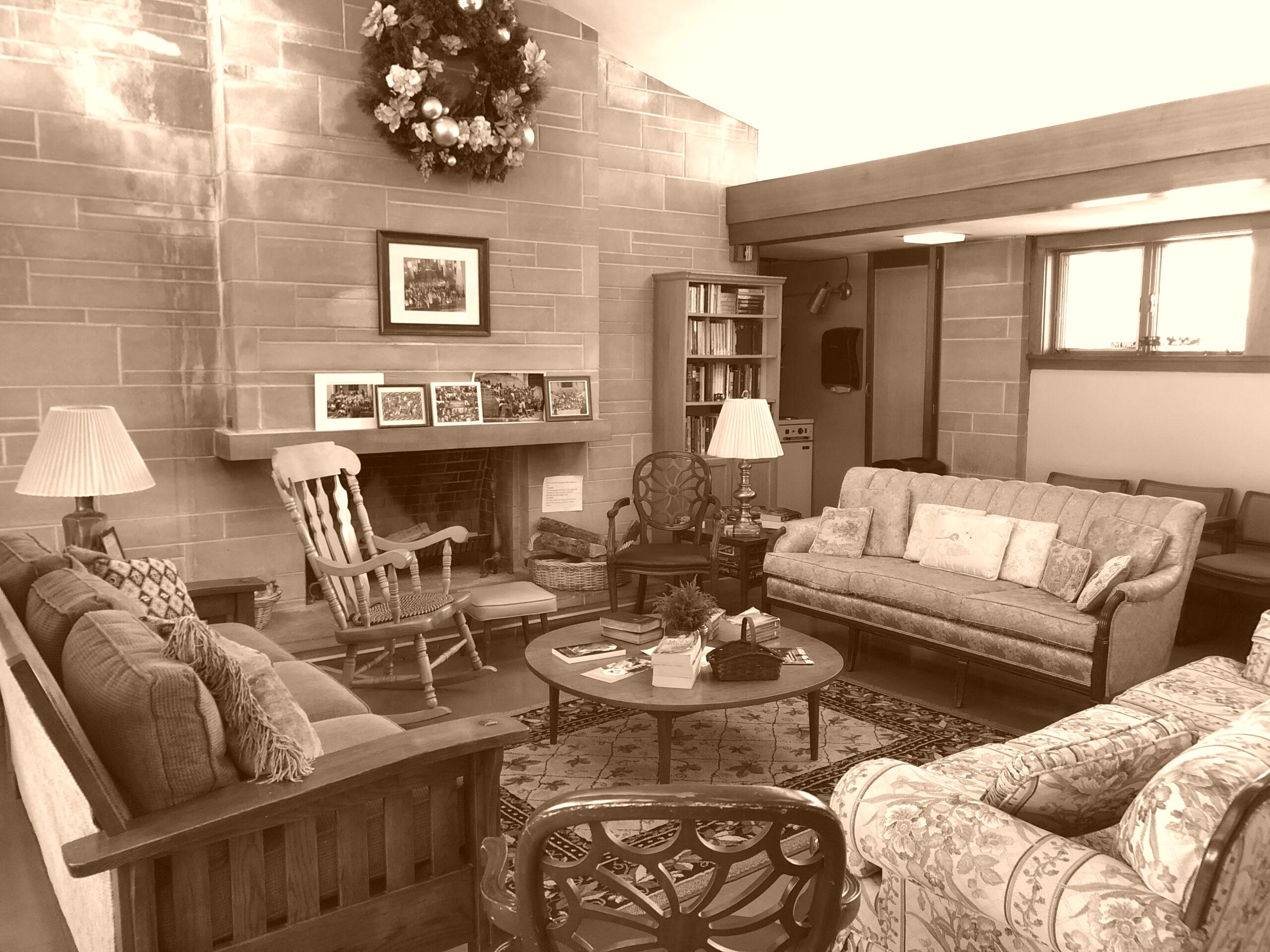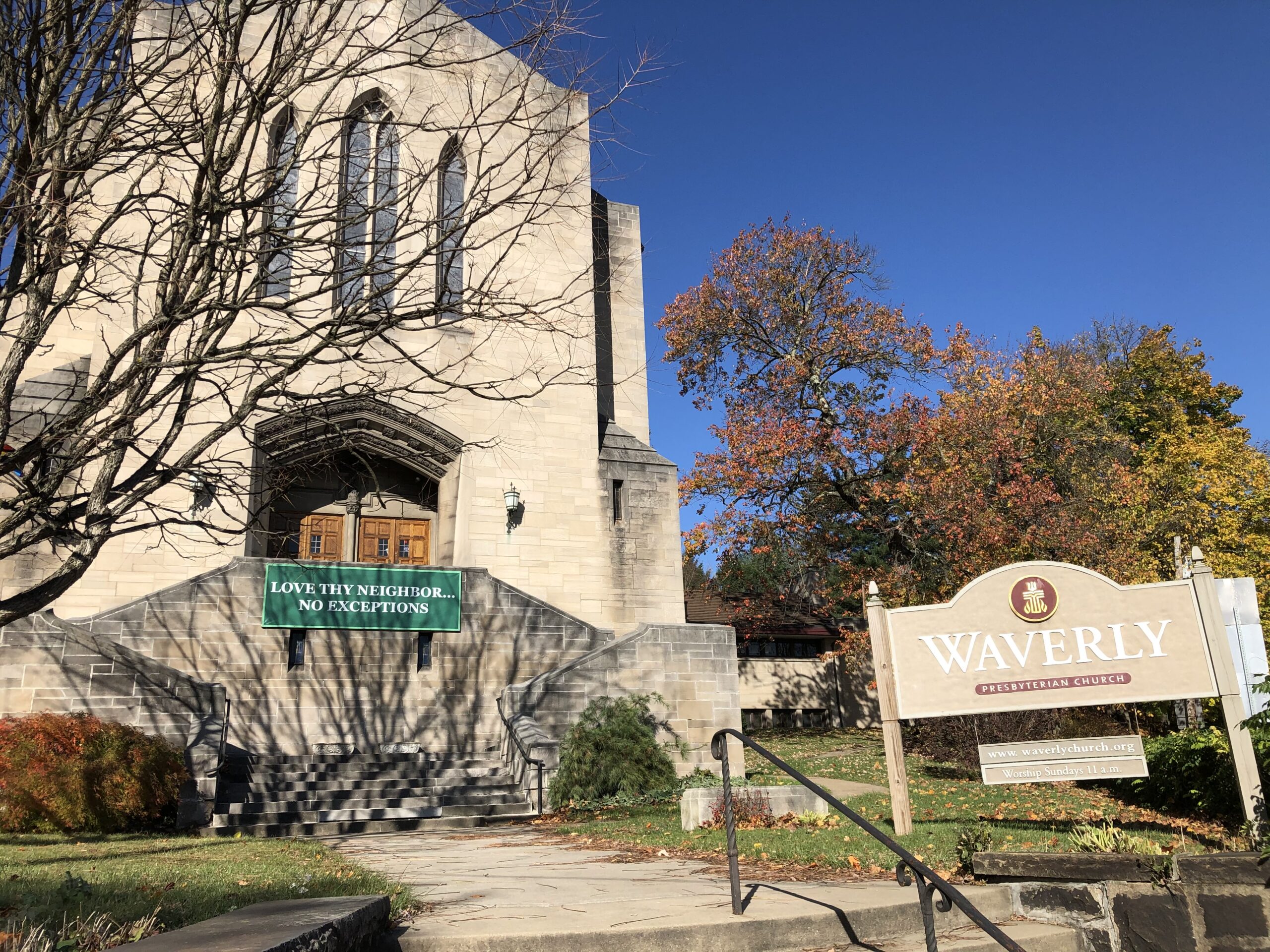

1894
Waverly gets its start as East End Presbyterian Church. The congregation, about 110 members at the time, worships at Park Place Mission Sabbath School. The Peebles family donates property at the corner of Waverly and Peebles to build a church.
1897
The new church is erected and dedicated. At the turn of the century the Pittsburgh Presbytery wants members to build a larger church to serve the growing Regent Square community.
1914
East End Presbyterian joins with Grace Presbyterian to form Waverly Presbyterian.
1925
Waverly signs a $50,000 option for land at the corner of Braddock and Forbes avenues – a prime location for a new church. This land is the “old Moore homestead,” owned by Frank Moore, a nephew of George Westinghouse.
1928
Waverly holds a formal groundbreaking ceremony. The congregation begins by worshiping in the old church on Peebles and then marches the almost half mile to the new site. People carry small American flags, musicians march and play, and “Pittsburgh’s finest” lines a portion of the route.
The new building costs an estimated $250,000. Plans call for a Gothic-style architecture made of stone as well as a large sanctuary, education wing and tennis courts. The hope is that Waverly Church will be a place for the growing neighborhood to gather, worship, play and educate with one another.

1929
Members lay the cornerstone – it is removed from the old building and placed in the new. They place a coin from 1754 in the cornerstone.
Three months later, the stock market crashes, leading to the Great Depression. The money dries up. The financial situation is so dire that some of church trustees take out second mortgages on their own homes to pledge toward building payments. The congregation holds all kinds of fundraising efforts – dinners, penny funds – anything to raise money.
Trustees scale back the building plans, eliminating the education wing, manse, and tennis courts.
1930
After the congregation manages to raise and pledge money to complete the scaled-down building, it holds a dedication service. Once again it forms a procession from the old church to the new church with flags and music. The dedication makes the front page of The Pittsburgh Press east suburban section.
1959
After almost 30 years, Waverly breaks ground on a $100,000 expansion. The renovation plans include an education building with 15 classrooms, new and more efficient heating system, “modern” nursery, new kitchen, large dining area, lounge with outside patio, and church office/study. Plans also include a redecoration of the sanctuary. Limestone is used in the additions to match the original building materials.
Major fundraising efforts and pledge campaigns are conducted to raise the funds for the long-awaited expansion.

1960
The church holds its dedication service for the new wing.
2013
The Pittsburgh History and Landmarks Foundation awards Waverly an historic plaque. The plaque program identifies architecturally significant structures throughout the Pittsburgh region.
Today
These additions still stand as our current lounge, social hall, pastor’s study, and administrative office.

